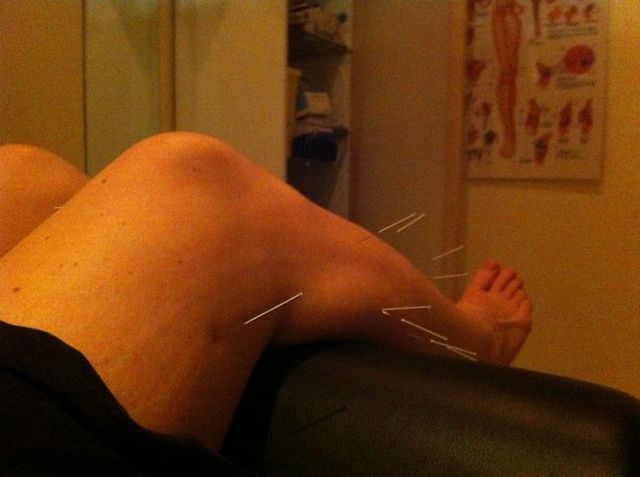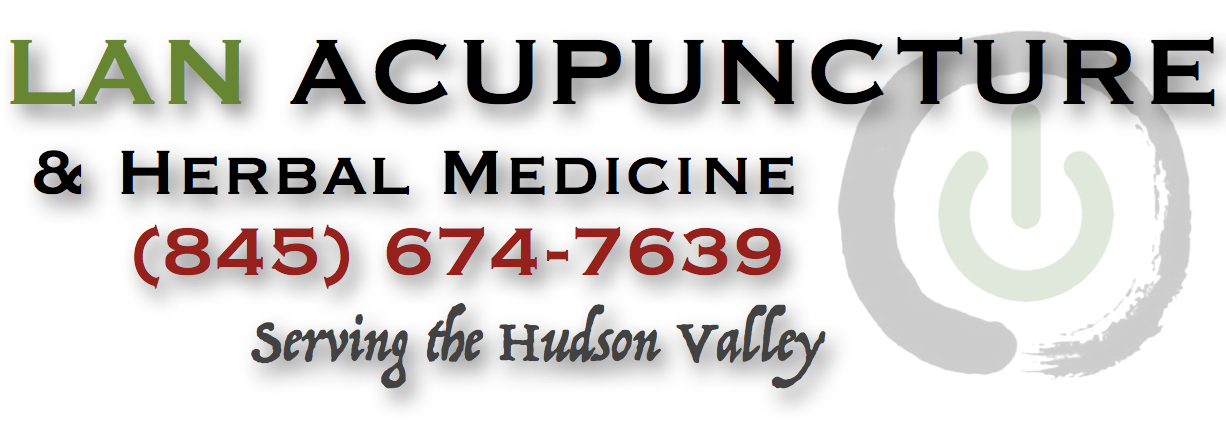TweetShare
Acupuncture is an effective postoperative analgesic treatment modality. First Hospital of Haerbin Medical University researchers compared drug analgesia with electroacupuncture for postoperative total knee arthroplasty patients. Electroacupuncture produced better outcomes regarding downregulation of serum prostaglandin E2 levels and upregulation of β-endorphin levels. The researchers commented that low-frequency pulsed current (LFPC) transferred to the body via electroacupuncture was instrumental in producing the beneficial effects. The researchers conclude that electroacupuncture improves postoperative analgesia by lowering serum PGE2 and up-regulating β-endorphin. In addition, electroacupuncture promotes rapid postoperative recovery of knee range of motion and has demonstrated a high safety rate.

Visual analogue scoring system (VAS) values were compared and analyzed between the two groups. Twelve hours after the surgery, scores for rest pain and activity pain were 6.13 ±1.27 and 6.31 ±1.25 respectively in the electroacupuncture group. Electroacupuncture pain levels were lower than those of the drug control group (6.62 ±1.13 and 6.98 ±1.41). The distinction remained evident at 120 hours after the surgery.
The ranges of active and passive knee motion in the electroacupuncture group (87.68 ±10.43 and 97.58 ±11.03) were also higher than those in the drug control group (75.21 ±8.97 and 91.94 ±9.58). On the seventh day after the operation, PGE2 levels significantly decreased, and β-endorphin significantly increased in both groups. In the drug control group, the PGE2 level was at 207.11 ±12.17 and the β-endorphin level was at 237.11 ±12.40. For the the electroacupuncture group, the average PGE2 level was at 173.23 ±11.92 and β-endorphin was at 289.23 ±11.52.
From March 2017 to March 2019, 90 total knee arthroplasty (TKA) patients were included in this study. The patients were randomly classified into a drug control group and an electroacupuncture group, with 45 patients in each group. Patients met the following criteria in order to be admitted. All patients suffered degenerative knee osteoarthritis and underwent total knee arthroplasty on one side. Each patient’s age exceeded 50 years. Patients with previous knee joint surgery, extreme obesity, and a history of taking opioids were not included.
Total knee arthroplasty was performed by the same group of doctors for all patients. A medial parapatellar approach was used. The procedure lasted for 120 ±20 minutes. A tourniquet was used during the procedure and it was released after suturing the fascial layer. An electric cautery knife was used to prevent bleeding after surgery.
After the surgery, the drug control group used an integrated analgesia method. An epidural analgesia pump was equipped with 96 mL of 0.9% sodium chloride solution (choices of morphine, rooperaine, flopericaine and haloperidol were selected based on to patient age and physical condition). The administration rate was set at 2 mL/h. The Patient Controlled Analgesia (PCA) was set to a default mode of 15 minutes. Additionally, 200 mg of celecoxib, an anti-inflammatory drug that is an oxygenase inhibitor, was prescribed to patients on the day of the surgery.
For the electroacupuncture group, electroacupuncture was administered three days and five days prior to the surgery. No painkillers were used in this group after surgery.
In a related study, First Affiliated Hospital of Guangzhou University of Traditional Chinese Medicine researchers conclude that acupuncture improves pain relief outcomes for patients receiving analgesic medications after total knee arthroplasty. Patients receiving both drugs and acupuncture in a combined treatment protocol had superior patient outcomes compared with patients receiving only drugs.
Excerpt from:
Pain Relief After Knee Surgery







